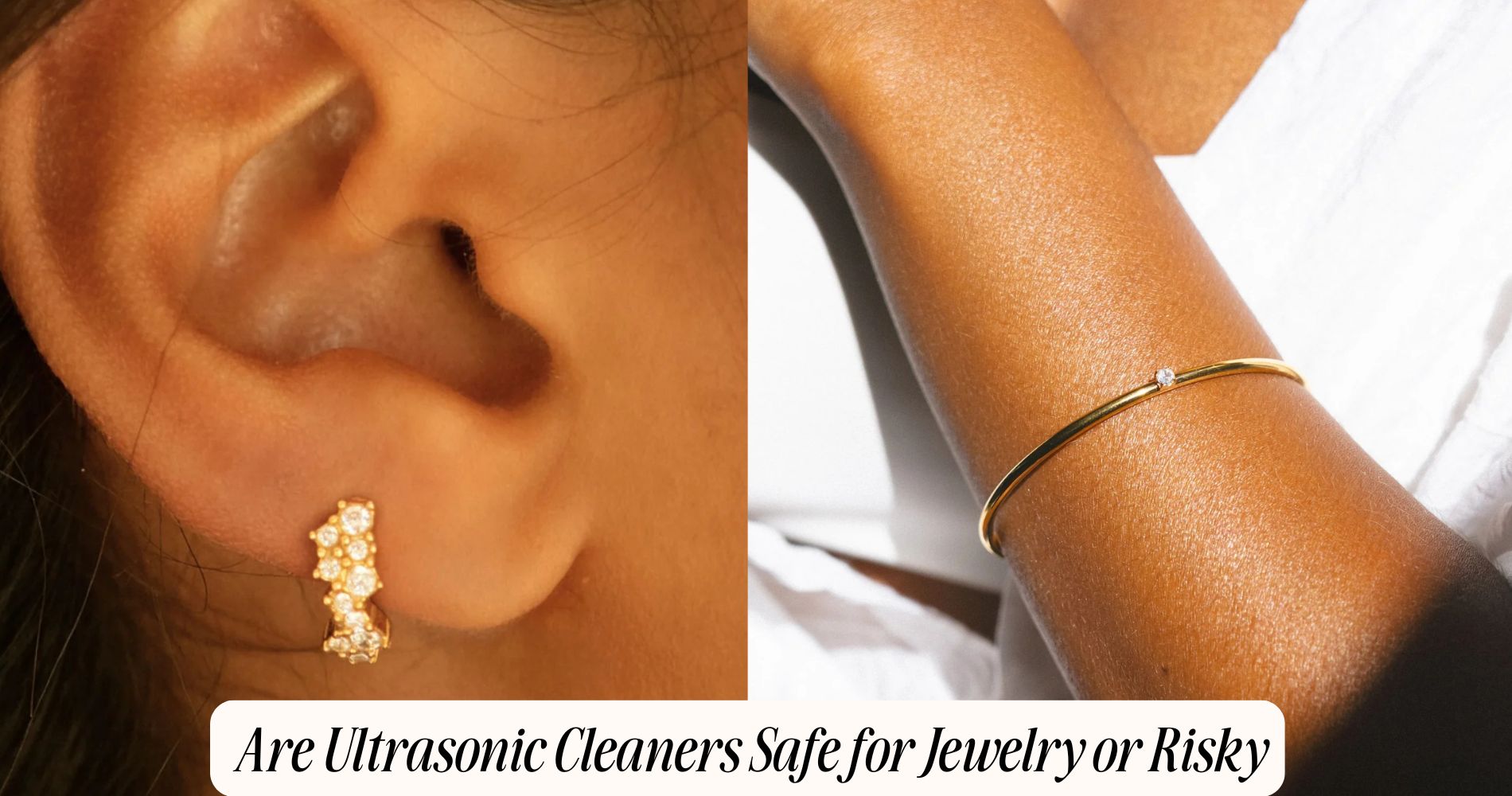
Are Ultrasonic Cleaners Safe for Jewelry or Risky
If you’ve ever wondered are ultrasonic cleaners safe for jewelry, the answer depends on the type of pieces you own. Ultrasonic cleaners use high-frequency sound waves to remove dirt and grime, restoring your jewelry’s shine with minimal effort. While sturdy items like gold or certain diamond pieces can handle this process, delicate materials such as pearls, opals, and vintage jewelry may be at risk of damage. Always check material compatibility and follow best practices to protect your treasures. Explore how ultrasonic cleaning can safely elevate your jewelry care routine — or discover our Hypoallergenic Jewelry collection for gentle, skin-friendly pieces that stay beautiful without irritation.
Understanding Ultrasonic Cleaning Technology
Ultrasonic cleaning technology employs high-frequency sound waves, typically ranging from 20 kHz to 400 kHz, to agitate a fluid, creating cavitation bubbles that effectively remove dirt and grime.
By oscillating at a specific ultrasonic frequency, these sound waves induce rapid bubble formation and collapse, a process known as cavitation. You’ll find that this mechanism greatly enhances cleaning efficiency by penetrating intricate surfaces and reaching areas conventional methods can't.
The high-frequency vibrations dislodge contaminants, ensuring thorough cleaning. When selecting an ultrasonic cleaner, consider the ideal frequency for your specific needs, as different frequencies can affect the intensity and precision of cleaning.
This technology offers a powerful, non-invasive solution for maintaining cleanliness in a variety of applications.
How Ultrasonic Cleaners Work on Jewelry
When you immerse jewelry in an ultrasonic cleaner, the process begins with the generation of high-frequency sound waves that propagate through the cleaning solution.
These waves create microscopic cavitation bubbles that implode, generating intense localized energy. This energy dislodges dirt and grime from the intricate parts of your jewelry, providing thorough cleaning without manual scrubbing.
A common ultrasonic cleaning myth is that it's abrasive; however, the cleaning action is gentle, making it suitable for most pieces.
For effective results, ascertain the cleaning solution is compatible with your jewelry type.
Regular ultrasonic cleaning, as part of your jewelry maintenance tips, can extend the life and brilliance of your accessories, but always verify that your pieces can withstand this technology before use.
Types of Jewelry Suitable for Ultrasonic Cleaning
Although ultrasonic cleaning is highly effective, not all jewelry pieces are suitable for this method.
Ideally, you should use ultrasonic cleaners for robust items like gold or platinum rings and certain types of diamond jewelry. These pieces can withstand the cavitation process, where high-frequency sound waves create microscopic bubbles to agitate contaminants from the surface.
However, delicate items, such as pearl earrings, should be avoided due to their organic composition, which can suffer damage. Similarly, antique or vintage brooches may feature glued settings or intricate designs that are at risk of loosening or deterioration.
It's essential to assess the construction and materials of each jewelry piece meticulously before using an ultrasonic cleaner, ensuring you preserve their integrity and value.
Jewelry Materials to Avoid in Ultrasonic Cleaners
Before diving into the world of ultrasonic cleaners, it's vital to recognize the jewelry materials that should be kept away from this cleaning method.
Ultrasonic waves can be too harsh for certain delicate items. Pearl jewelry, for instance, is organic and porous, making it susceptible to damage and loss of luster.
Soft gemstones, such as opals, turquoise, and emeralds, have a Mohs hardness lower than 7, rendering them vulnerable to cracking and surface abrasions. These materials can also absorb cleaning solutions, leading to discoloration.
Additionally, heat generated during ultrasonic cleaning can exacerbate structural weaknesses in these stones.
As a result, it's important to consult a gemologist or a professional jeweler when in doubt, ensuring you preserve the integrity and beauty of your precious pieces.
Potential Risks of Ultrasonic Cleaning on Jewelry
Despite their effectiveness, ultrasonic cleaners pose several risks to certain types of jewelry, necessitating caution and expertise.
The high-frequency sound waves can cause potential damage to delicate gemstones such as opals, pearls, and emeralds. These stones are porous or soft, making them susceptible to surface abrasions or fractures during cleaning.
Additionally, glued settings may loosen due to vibrations, risking gemstone loss. Cleaning frequency is another vital factor; frequent exposure can exacerbate wear and tear, especially on antique or fragile pieces.
Repeated cycles might also erode delicate metal settings, leading to structural integrity issues. Understanding the specific vulnerabilities of your jewelry is essential to mitigate these risks, ensuring that ultrasonic cleaning remains a safe and effective method for your valuable items.
Best Practices for Using Ultrasonic Cleaners
When using ultrasonic cleaners for your jewelry, it's vital to adhere to best practices to maximize cleaning effectiveness while safeguarding your valuable items.
First, determine the appropriate ultrasonic frequency, typically ranging from 35 kHz to 45 kHz, suitable for delicate pieces. Higher frequencies can provide gentler cleaning, reducing the risk of damage.
Next, select the right cleaning solutions. Opt for those specifically designed for jewelry; avoid harsh chemicals that might tarnish or harm sensitive materials like pearls or opals.
It's important to monitor cleaning times, as excessive exposure can lead to erosion. Prioritize short cycles, checking your items periodically.
Additionally, refrain from overcrowding the cleaning basket, ensuring each piece is adequately exposed to the ultrasonic waves for the best results.
Alternative Jewelry Cleaning Methods
Although ultrasonic cleaners are effective, there are several alternative methods to keep your jewelry gleaming without the need for specialized equipment.
You can explore eco-friendly solutions like using a mixture of baking soda and water. This DIY cleaner gently removes tarnish through a mild chemical reaction, restoring shine to most metals.
For a more natural approach, white vinegar can act as a mild acid, dissolving built-up residues without harsh chemicals. Simply soak your jewelry in it briefly and then rinse.
Another option is a mixture of warm water and mild dish soap. Use a soft-bristle brush to scrub intricate designs, ensuring you reach every crevice.
These methods not only preserve your jewelry’s luster but also support sustainable cleaning practices.
Expert Opinions on Ultrasonic Jewelry Cleaning
While alternative methods offer eco-friendly solutions, ultrasonic cleaners remain popular for their efficiency in jewelry maintenance.
Experts highlight their ability to remove microscopic debris, reaching crevices traditional methods can't. These devices use high-frequency sound waves to create cavitation bubbles, effectively dislodging dirt without manual scrubbing.
However, expert insights caution that not all jewelry types are suitable for ultrasonic cleaning. Porous stones like opals and pearls can suffer damage, while delicate settings might loosen under prolonged exposure.
Professionals recommend consulting with a jeweler before using ultrasonic methods, ensuring compatibility with your specific pieces.
Despite potential risks, when used correctly, ultrasonic cleaners offer unparalleled precision in maintaining your jewelry’s luster and integrity.
Always balance efficiency with caution in your jewelry maintenance routine.
Making an Informed Decision for Your Jewelry Care
How can you guarantee you're choosing the best care for your jewelry collection? Start by evaluating the material composition of your pieces. Delicate gemstones like opals or pearls react negatively to ultrasonic waves, while durable metals like gold and platinum withstand ultrasonic cleaning.
Determine the appropriate cleaning frequency based on material and wear. Frequently worn pieces accumulate more residue, necessitating regular maintenance. However, over-cleaning can damage delicate components. Balance is key in jewelry care.
Consider consulting a professional jeweler for tailored advice. They can offer insights on industry standards for specific gemstone and metal maintenance. Always verify compatibility before using any cleaning device.
Frequently Asked Questions
Can Ultrasonic Cleaners Damage Jewelry With Loose Stones?
Yes, ultrasonic cleaners can damage jewelry with loose stones. They may exacerbate issues in stone settings. Employ alternative cleaning techniques like manual brushing and gentle solutions to avoid compromising the integrity and security of your jewelry pieces.
How Often Should I Use Ultrasonic Cleaning for My Jewelry?
You should use ultrasonic cleaning sparingly for jewelry maintenance, ideally once every few months. Frequent cleaning increases wear risks. Monitor cleaning frequency to guarantee gemstone integrity and avoid potential damage to delicate settings and materials.
Are There Specific Ultrasonic Cleaner Brands Recommended for Jewelry?
You should consider brands like Magnasonic and iSonic for ultrasonic jewelry cleaners. They offer advanced transducer technology and efficient cleaning solutions. Always use appropriate cleaning solutions and settings to guarantee ideal results without damaging delicate pieces.
What Should I Do if My Jewelry Is Damaged After Ultrasonic Cleaning?
If your jewelry's damaged after ultrasonic cleaning, consult a professional jeweler for repair options. Consider ultrasonic cleaner alternatives like manual cleaning with a soft brush and mild detergent to prevent further issues. Always prioritize jewelry safety and maintenance.
Can Ultrasonic Cleaners Be Used for Antique or Heirloom Jewelry?
You shouldn't use ultrasonic cleaners on antique jewelry because they can damage delicate settings and gemstones. Instead, opt for gentle cleaning methods like soft brushing and non-abrasive solutions to preserve your precious heirloom's integrity and value.
Conclusion
In your journey to maintain your jewelry's brilliance, understanding ultrasonic cleaning is essential. While ultrasonic cleaners effectively remove grime from suitable pieces, they're not universally safe. Avoid using them on delicate stones like opals or pearls, which can get damaged. Adhering to best practices minimizes risks, but always consider alternative methods for fragile items. Consult with experts to tailor your cleaning approach, ensuring longevity and luster for each unique piece in your collection.


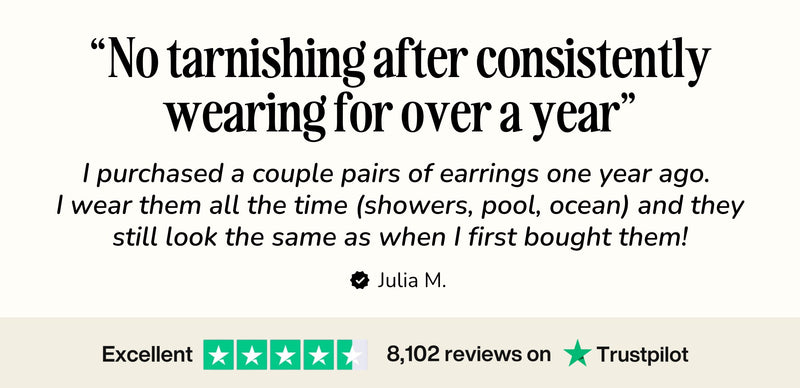




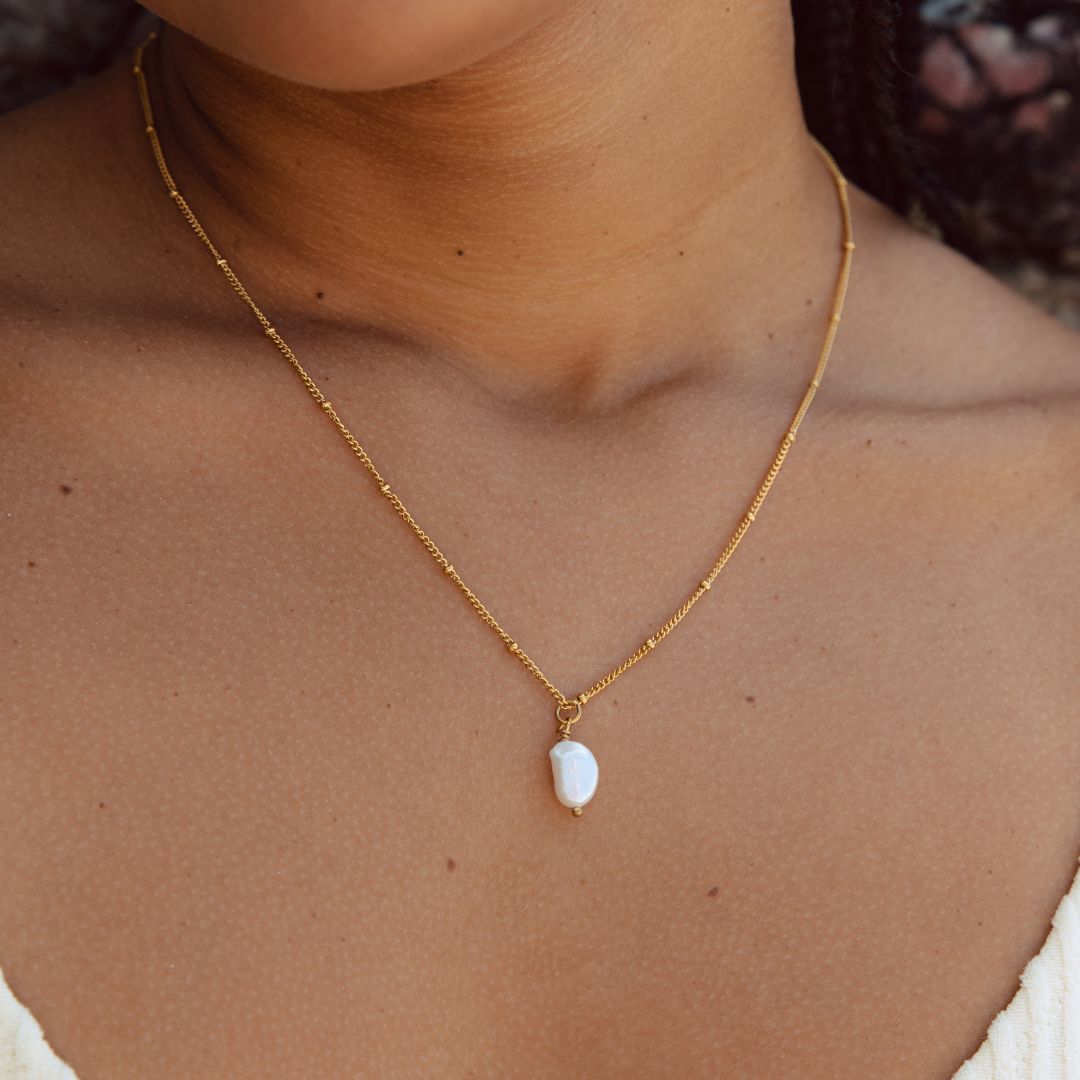

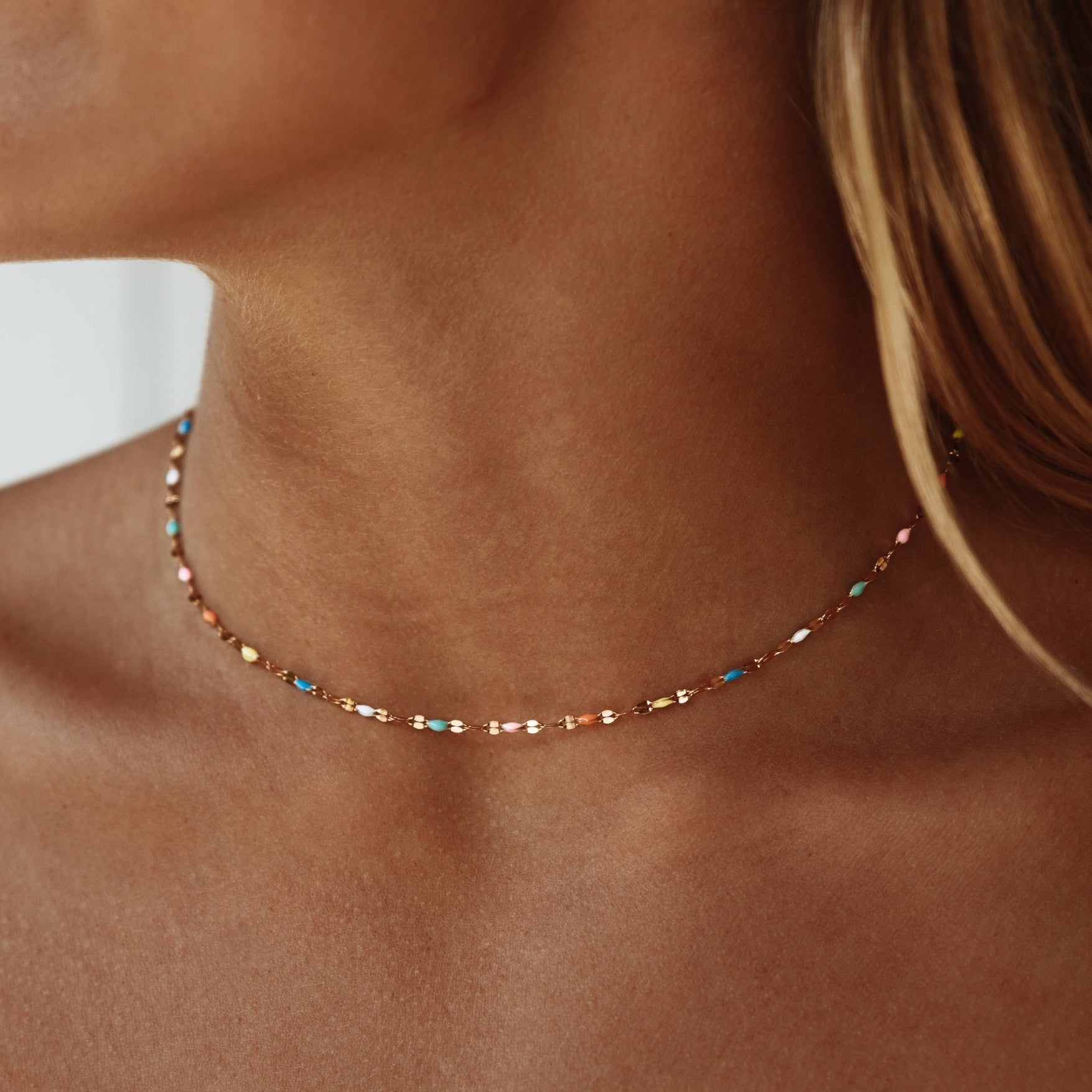
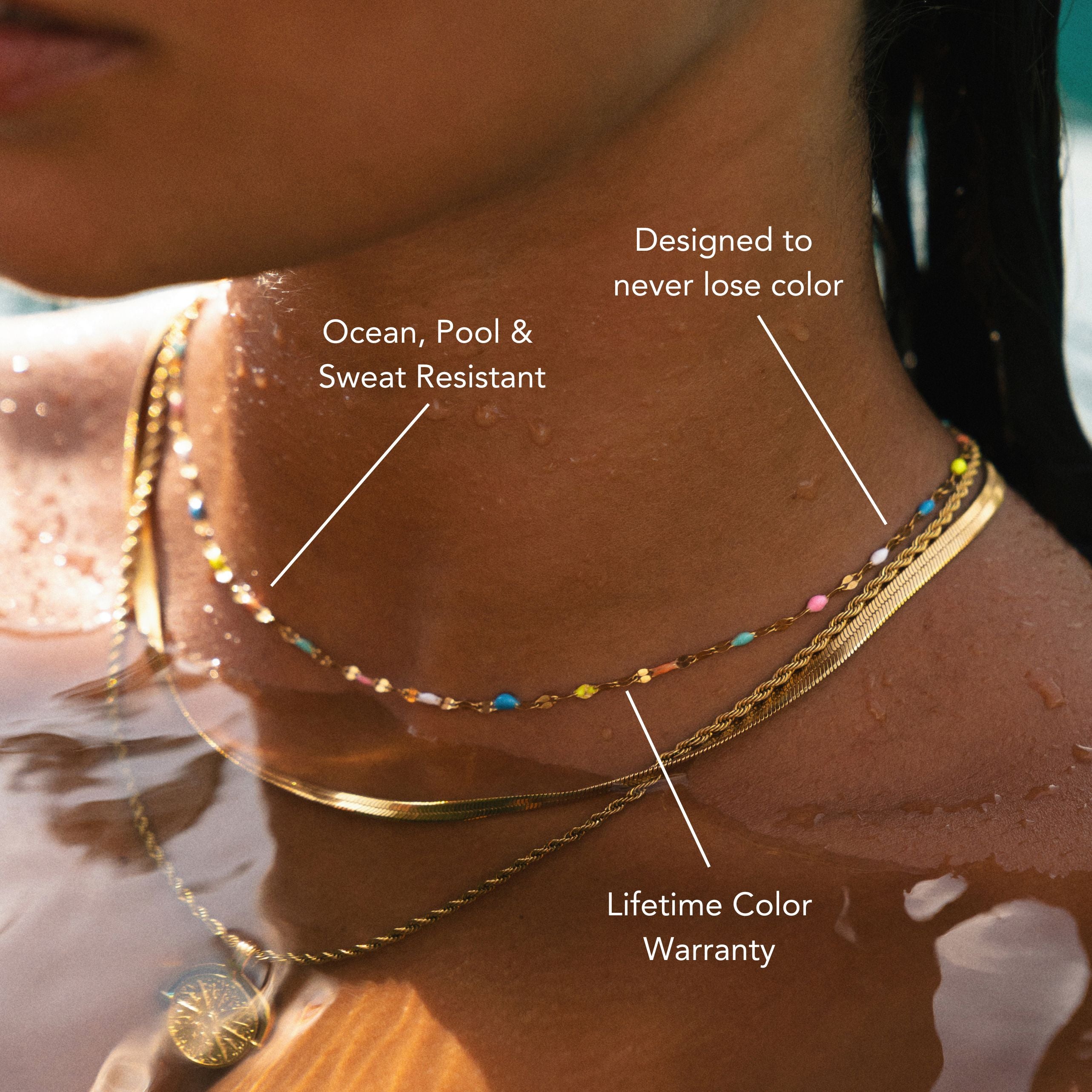
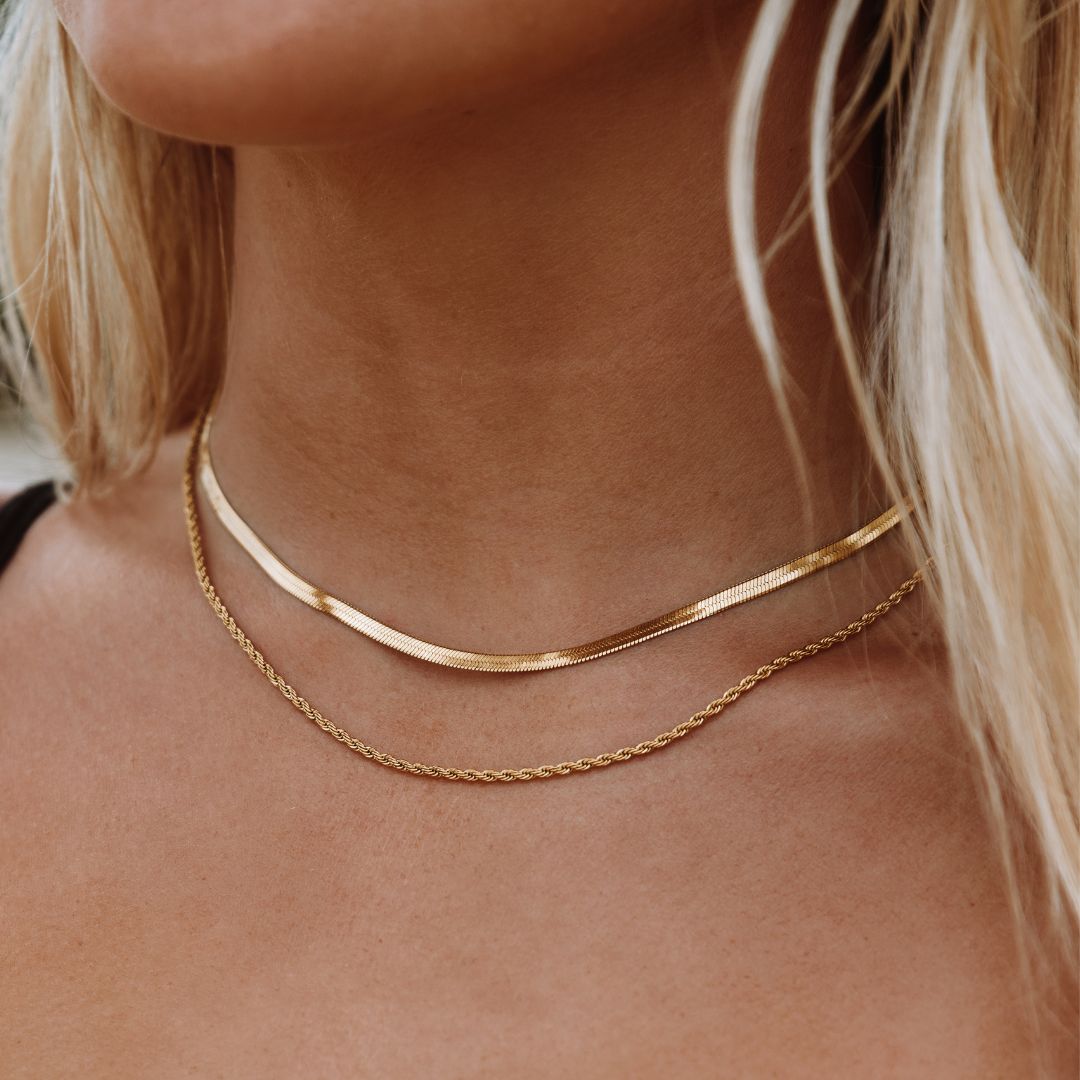
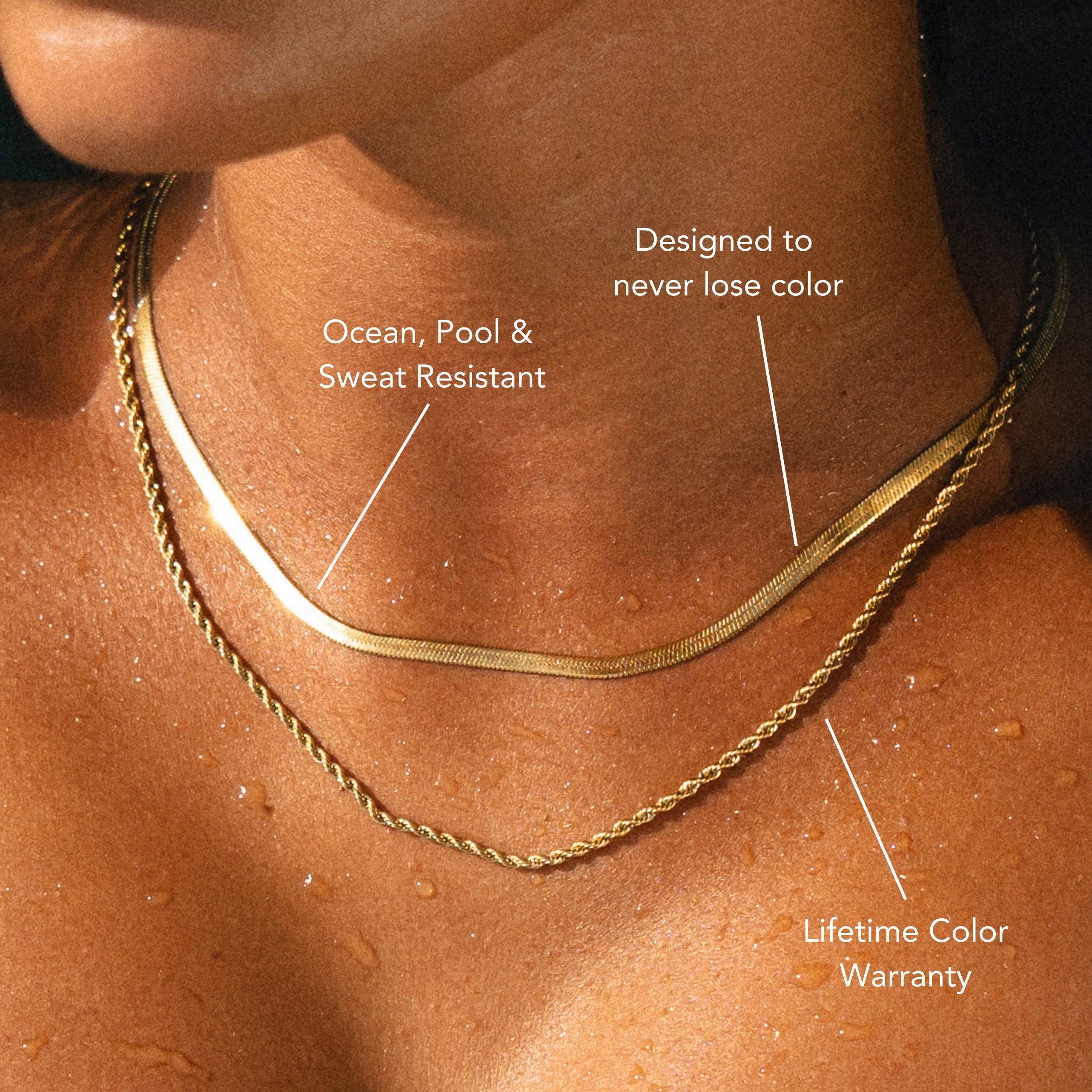
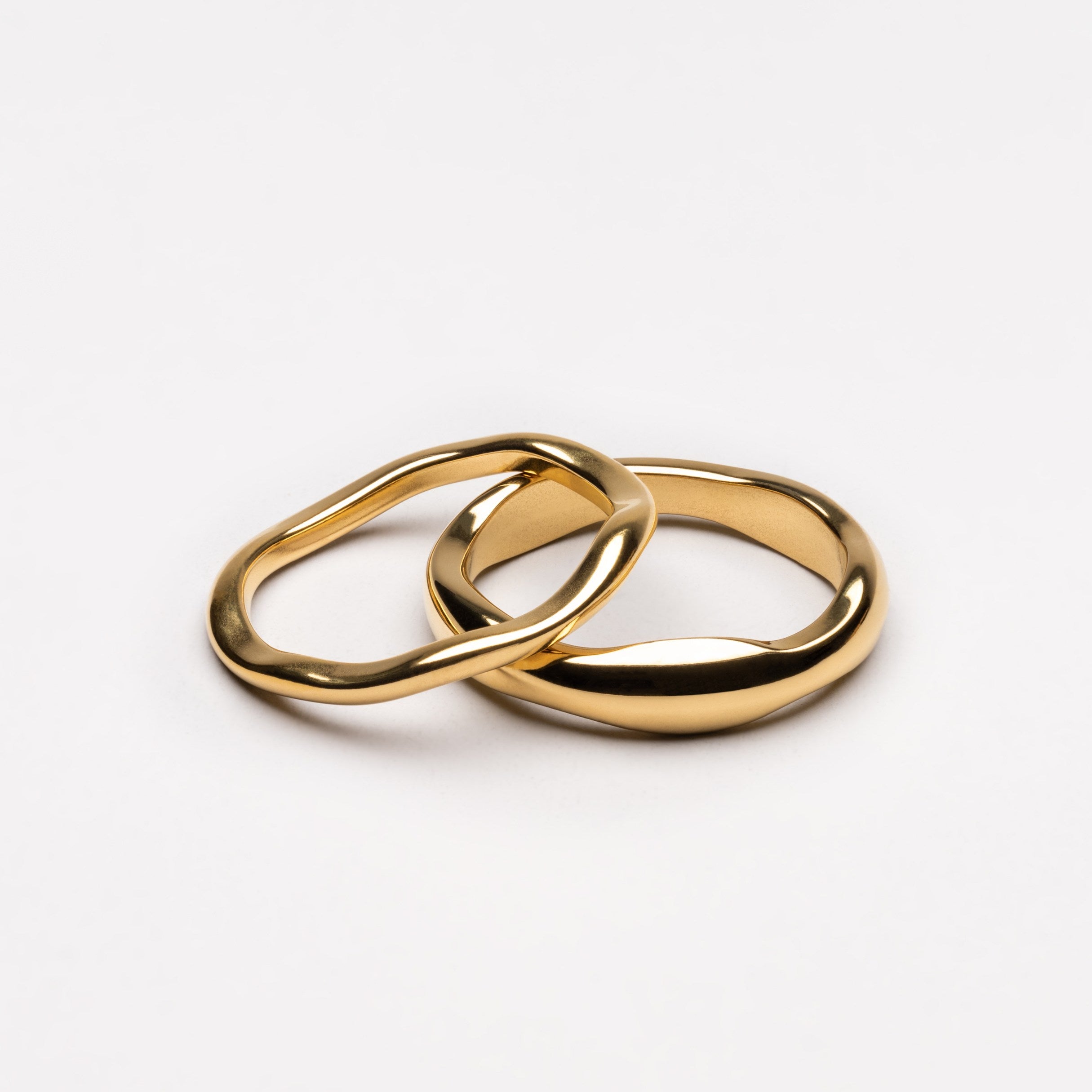

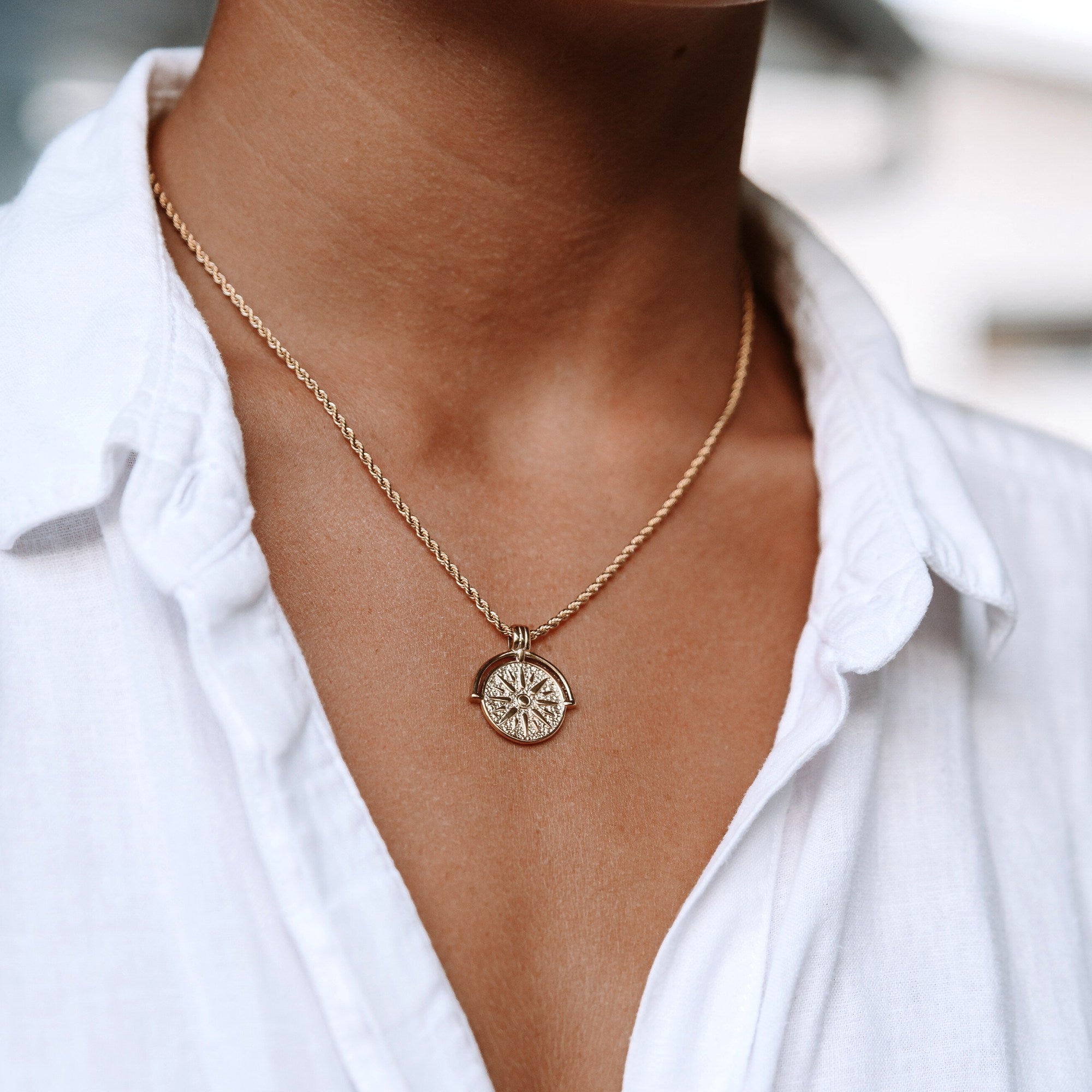
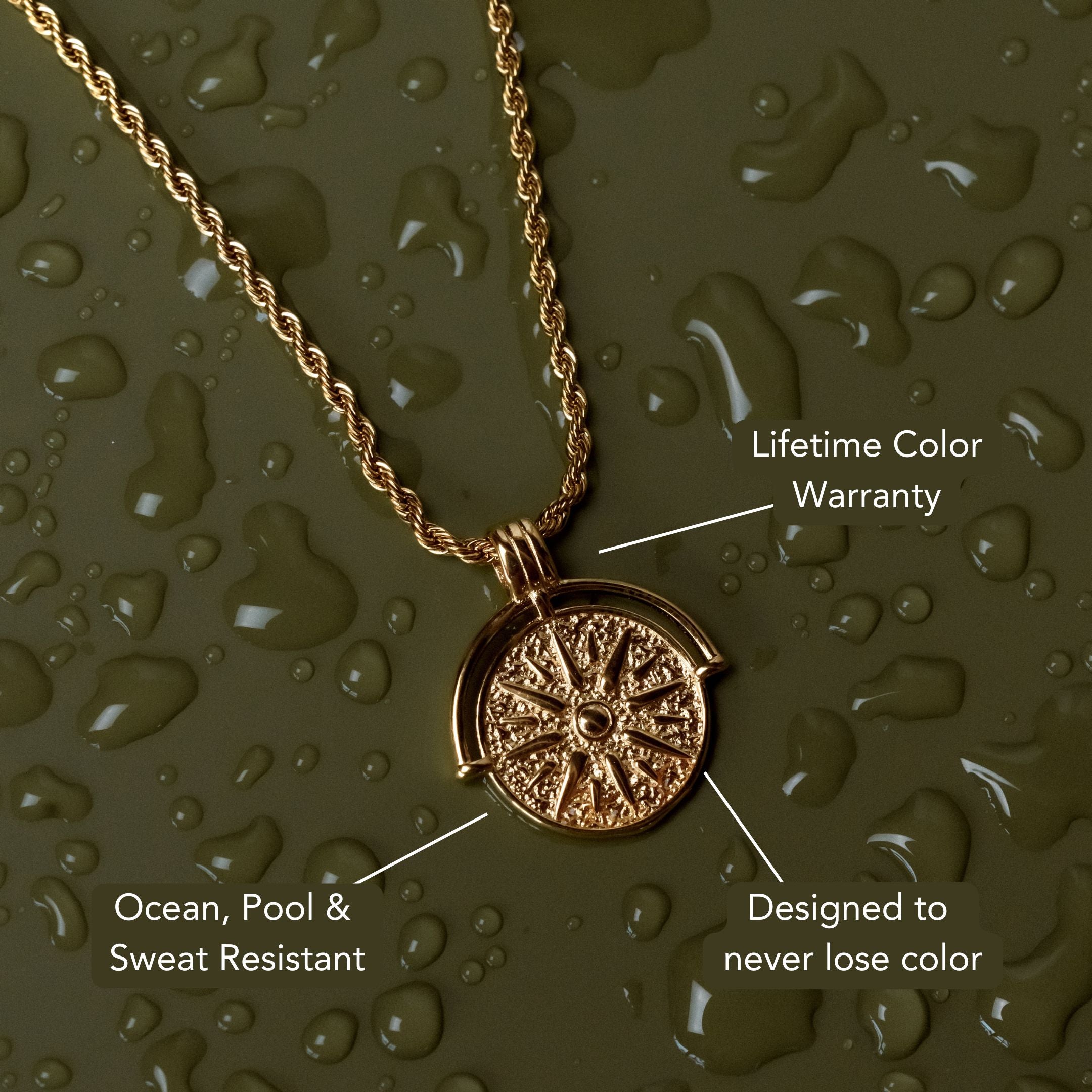
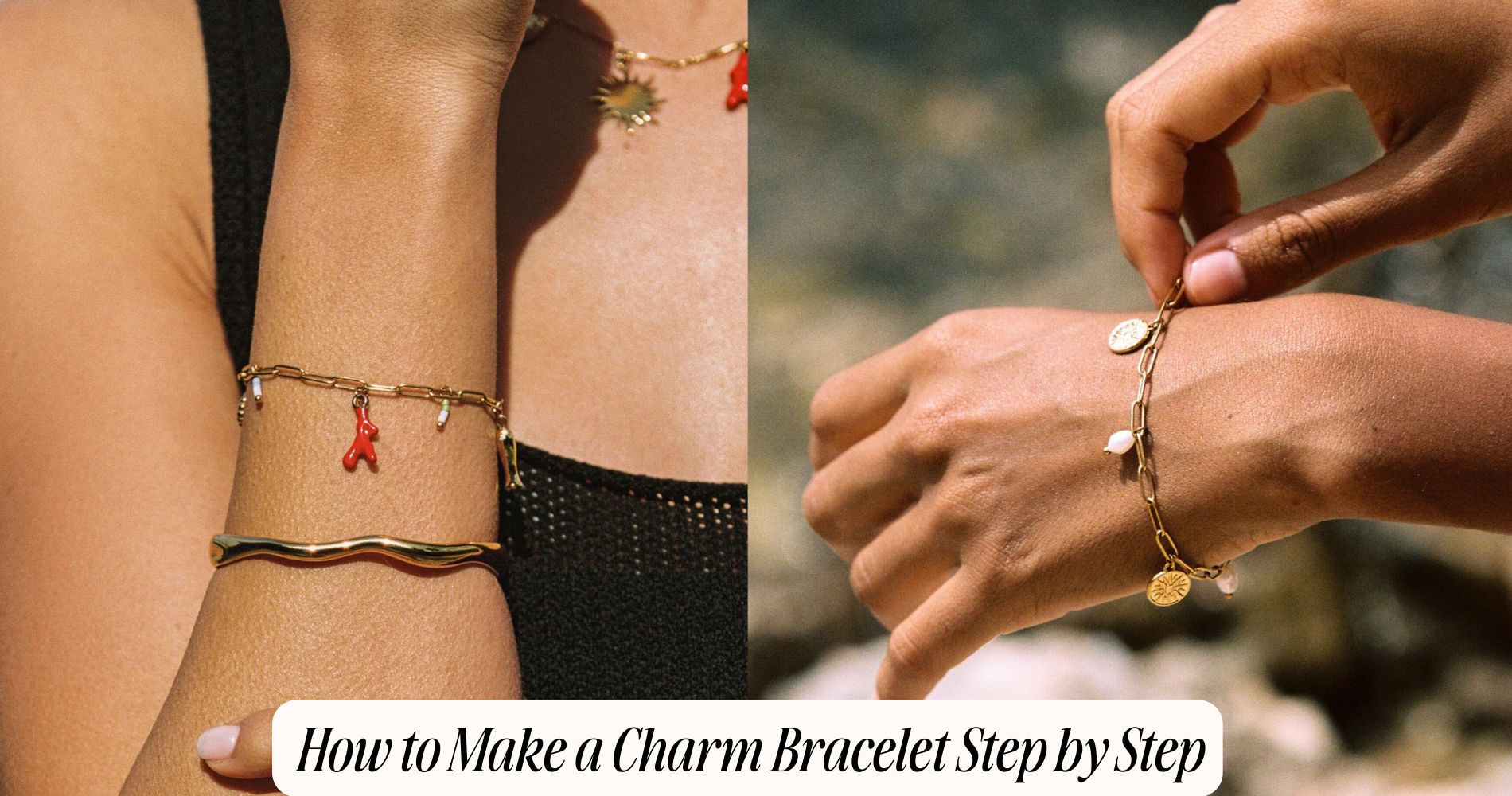
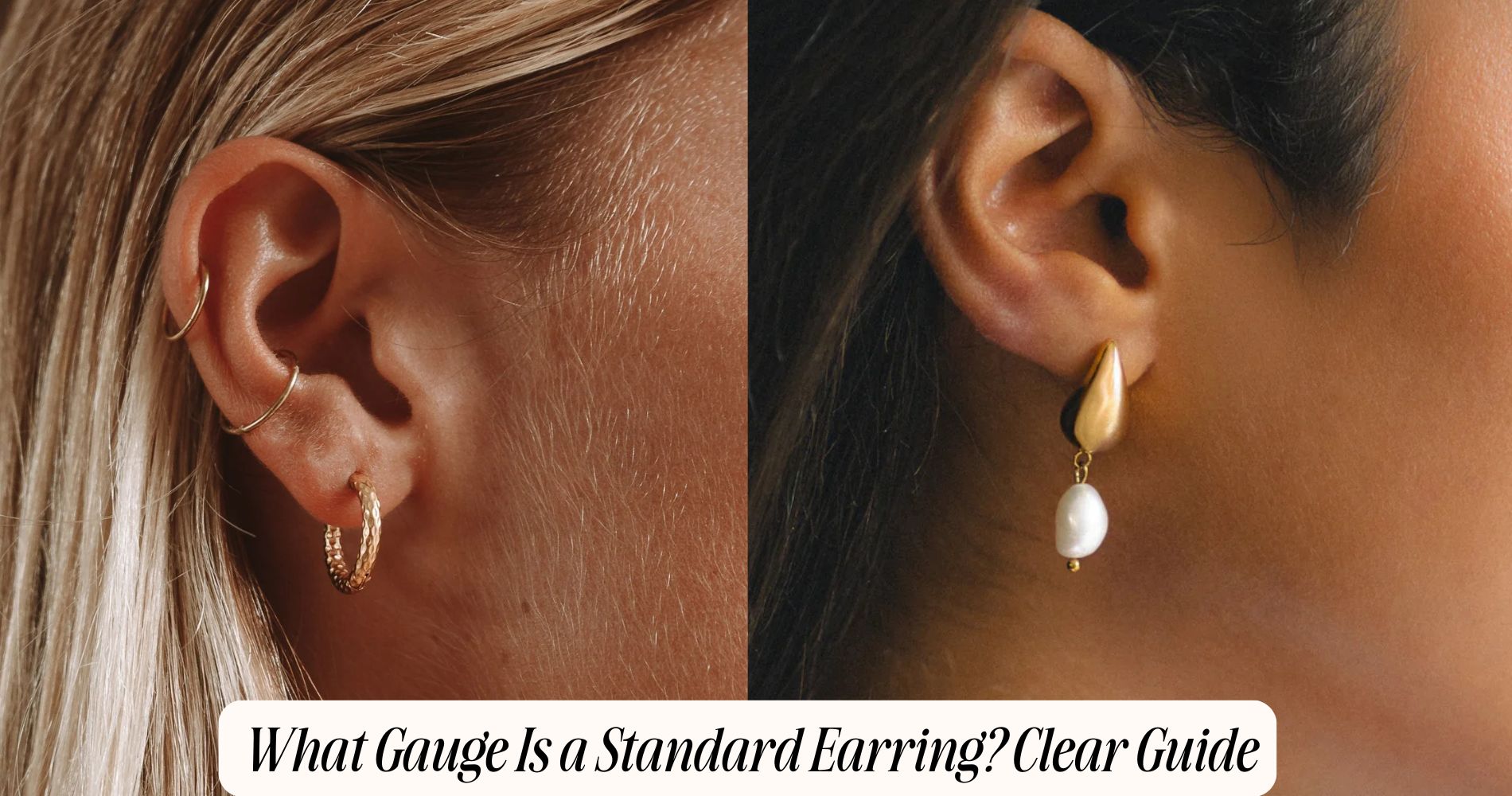




コメントを書く
このサイトはhCaptchaによって保護されており、hCaptchaプライバシーポリシーおよび利用規約が適用されます。